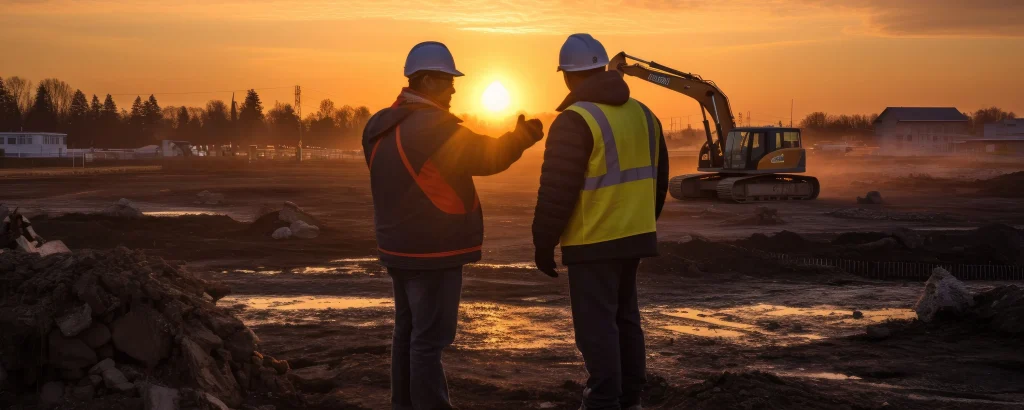Getting young people in construction should be a top priority for every construction company in the United States. The construction industry has been struggling for years to fill an ever-widening labor gap. According to a US Chamber of Commerce Commercial Construction Index, 92% of contractors report moderate to high levels of difficulty finding skilled workers. And of that 92%, over a third report turning down work due to skilled labor shortages. A huge reason for the shortage is simply that young people aren’t choosing a career in construction.
Reasons Young People Aren’t Going into Construction
The number of young people pursuing construction careers has been dwindling for decades for a multitude of reasons.
- Bigger Focus on Higher Education. According to Construction Dive, about 40 to 50 years ago there was a shift in the country from an industrial to a post-industrial, service-based business economy which led to increased higher education enrollment. Case in point, according to the National Center for Education Statistics, in 1969 there were 8 million students enrolled in postsecondary institutions and in 2019, 19.6 million were enrolled.
- Less Push for Trades in Schools. There is a huge funding gap from the federal government between college and career technical education, $120 billion compared to $20 billion. High school students are receiving more information and opportunities to go to a four-year institution instead of pursuing a trade.
- Unfavorable Working Conditions. Construction work isn’t always done in a controlled environment. Jobsites can be outdoors and move from location to location. There are extra safety measures in place to prevent accidents, injuries and deaths compared to an office job. The hours also fluctuate, like starting early in the summer, which can be tough for families and those without vehicles.
How to Get Young People in Construction
There are a lot of benefits to pursuing a career in construction and these need to be highlighted and emphasized to young people while they’re in high school.
- Start earning from day one. Construction careers start hands on. Even those who choose an apprenticeship get paid while learning instead of simply accruing debt. According to Construction Executive, the average hourly wage for a skilled laborer is $21.21, allowing young people to earn about $44,564 per year. And construction employment offers several opportunities to advance, building upon that initial salary year after year.
- Illustrate the variety. The construction industry offers a variety of entry-level career pathway options for young people in construction. Areas of construction for entry-level work include: carpentry, general contractor, landscape, painting, commercial construction, flooring and tile, masonry and roofing. And once workers start learning skills, the options are endless. Construction jobs range from laborer to CFO and owner. Skilled jobs from an apprenticeship or community college include:
-
- Journeyperson
- Master Craftsman
- Crew Leader
- Foreman
- Administration
- Tech Support
- Draftsperson
- Estimator
- Project Manager
- Safety
- Senior Management
- Vice President
- Get out in the community. Sharing the opportunities available for young people in construction requires going to them. Participating in school fairs is a good first step, but there are other, more hands-on avenues you can take. Let local high schools know your company is available as a field trip location. Giving students a close-up view of what a job site is really like will reveal all the complexities of construction work. You can also offer hands-on experience by inviting students to actually help build special projects, under supervision. Or, develop a mentorship program where high school students can come work under the supervision of crew members during school breaks.
Get Help Starting the Conversation
There are organizations and associations that can help companies get started talking about careers in construction. For example, I Build America, was started in 2016 specifically for the purpose of showing young people how construction can lead to a purposeful, rewarding career. The site has stats, videos and other resources that provide real-world examples as to why young people should get into construction.
- Mike Rowe Works Foundation—Offers scholarships and works to encourage people to enter trade and construction jobs. Visit mikeroweworks.org.
- Associated Builders and Contractors Chapter Programs—Trains craft and management professionals to become a safe, skilled and productive workforce. Visit workforce.abc.org.
- Women in Construction—Encourages women to enter construction and shows the career benefits of trade skills. Visit procore.com/wic.
- National Association of Home Builders—Connects educators, industry members and local home builder associations to help people get started on a construction career path. Visit nahb.org/en/industry-professionals/careers-in-the-trades.aspx.



